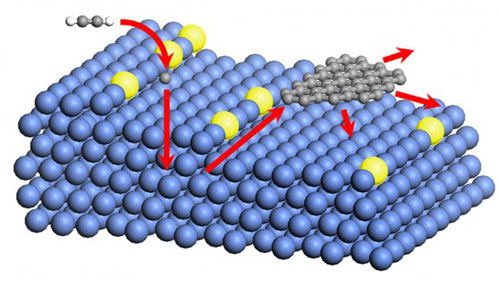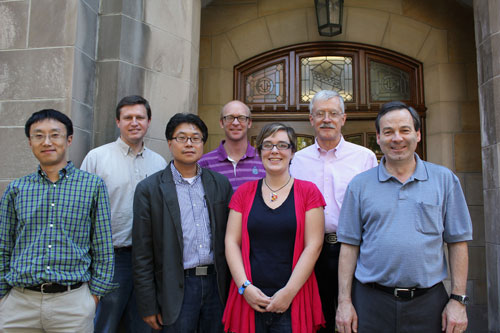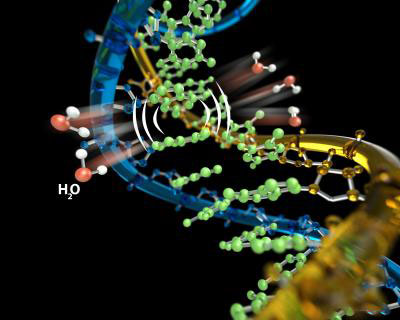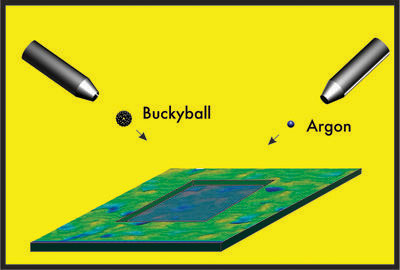Metal shortages alert from leading geologists
Inexorable demand for consumer goods places strain on supply of metals.
Oct 12th, 2011
Read more
Inexorable demand for consumer goods places strain on supply of metals.
Oct 12th, 2011
Read moreWhen Empa researchers receive prizes, it is usually to honour their scientific work. However, the photographs from the scanning electron microscope, taken by Siddhartha Pathak during his postdoctoral time at Empa in Thun, have already been recognized several times for their aesthetic value.
Oct 12th, 2011
Read more A method which more than halves the temperature at which high-quality graphene can be produced has been pioneered by researchers.
A method which more than halves the temperature at which high-quality graphene can be produced has been pioneered by researchers.
Oct 12th, 2011
Read moreDeveloped jointly by Nanyang Technological University (NTU) and A*STAR Institute of Microelectronics (IME), the new thin-film silicon solar cells are designed to be made from cheaper, low grade silicon. However it is able to generate electricity currents close to that produced by traditional solar cells made from costly, high quality silicon.
Oct 12th, 2011
Read more The National Science Foundation has awarded $776,114 to Indiana University Bloomington researchers to acquire instrumentation for investigating how the nanoscale structure and composition of surfaces give rise to the unique properties of materials.
The National Science Foundation has awarded $776,114 to Indiana University Bloomington researchers to acquire instrumentation for investigating how the nanoscale structure and composition of surfaces give rise to the unique properties of materials.
Oct 11th, 2011
Read more New equation developed by UCSB chemical engineers solves the mystery of forces between water-repelling and water-attracting molecules that are critical to industrial and medical applications.
New equation developed by UCSB chemical engineers solves the mystery of forces between water-repelling and water-attracting molecules that are critical to industrial and medical applications.
Oct 11th, 2011
Read more A team of scientists led by a Penn State University chemist has demonstrated the strengths and weaknesses of an alternative method of molecular depth profiling -- a technique used to analyze the surface of ultra-thin materials such as human tissue, nanoparticles, and other substances.
A team of scientists led by a Penn State University chemist has demonstrated the strengths and weaknesses of an alternative method of molecular depth profiling -- a technique used to analyze the surface of ultra-thin materials such as human tissue, nanoparticles, and other substances.
Oct 11th, 2011
Read moreReflecting its worldwide leadership in the search for new computing technologies, the University of Notre Dame has received two of 12 prestigious grants for cutting-edge nanoelectronics research that were awarded recently by the Semiconductor Research Corporation's Nanoelectronics Research Initiative (SRC-NRI) and the National Science Foundation.
Oct 11th, 2011
Read moreTo further explore diamonds' quantum computing potential, researchers from the University of Science and Technology of China tested the properties of a common defect found in diamond: the nitrogen-vacancy center.
Oct 11th, 2011
Read moreScientists have discovered a new form of carbon which is capable of withstanding extreme pressure stresses that were previously observed only in diamond.
Oct 11th, 2011
Read moreThe European Commission (EC) has asked the Scientific Committee on Consumer Safety (SCCS) to prepare a guidance document on the safety assessment of nanomaterials in cosmetics.
Oct 11th, 2011
Read moreDie Bundesregierung soll nach dem Willen der Fraktionen von CDU/CSU und FDP im Rahmen des Aktionsplans Nanotechnologie 2015 zusaetzliche Ressourcen im Bereich der Nanotechnologie bereitstellen.
Oct 11th, 2011
Read moreThe National Science Foundation (NSF) has selected a University of Pennsylvania team as a member of its inaugural class of NSF Innovation Corps awards. The I-Corps Awards recognize research that has the potential for commercial applications and connects scientists to entrepreneurial resources.
Oct 11th, 2011
Read more University of Missouri officials announced today a five-year agreement with K.S.R. Educational Institutions of India that will promote advanced research and training in nanomedicine and nanotechnology.
University of Missouri officials announced today a five-year agreement with K.S.R. Educational Institutions of India that will promote advanced research and training in nanomedicine and nanotechnology.
Oct 11th, 2011
Read moreResearchers control the rate of photon emission from luminescent imperfections in diamond
Oct 11th, 2011
Read moreVarious German leading institutions worked out a stragety paper adressing the challenges of exposure measurement and assessment of nanoscale aerosols released from engineered nanomaterials in the workplace.
Oct 11th, 2011
Read more